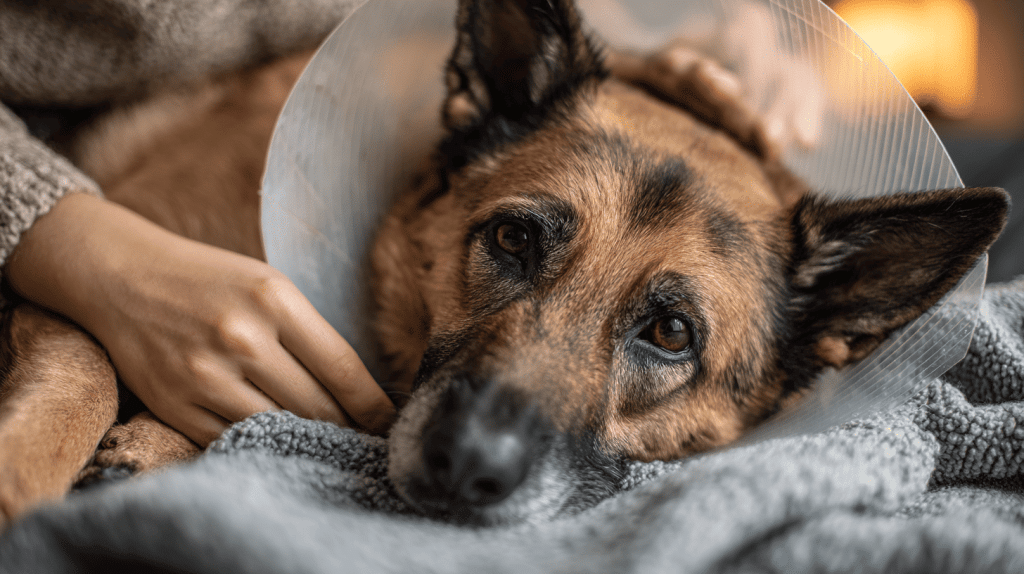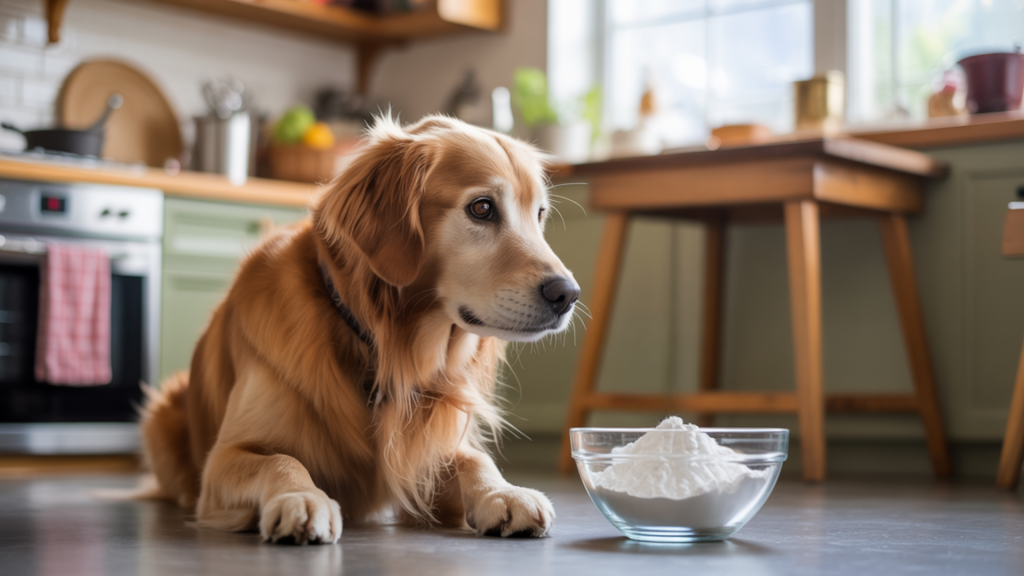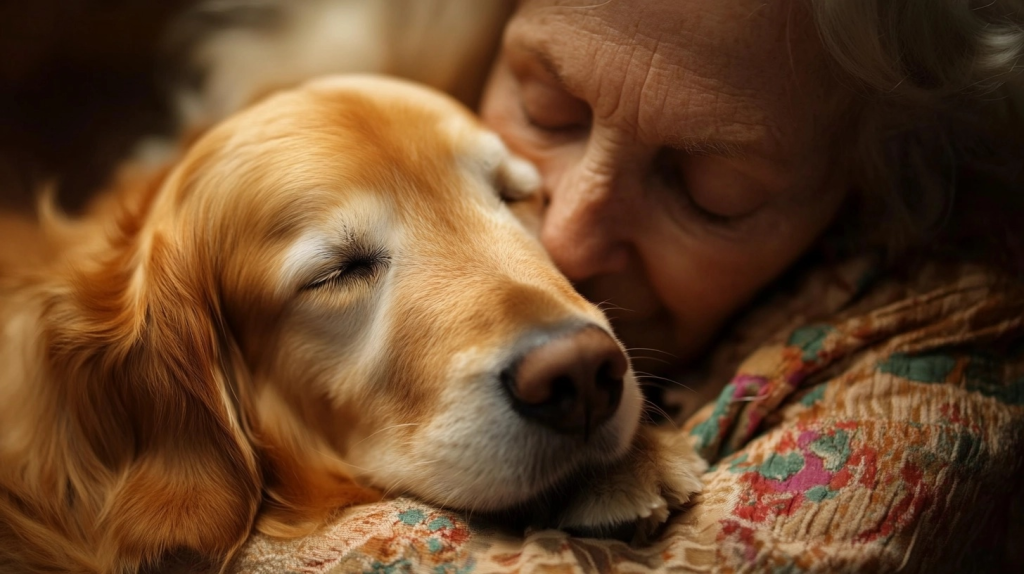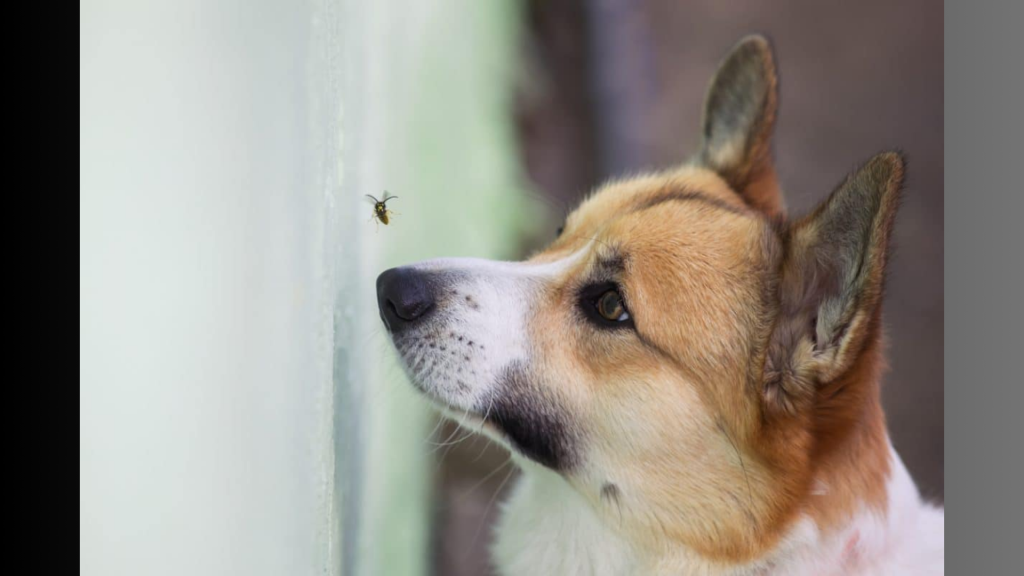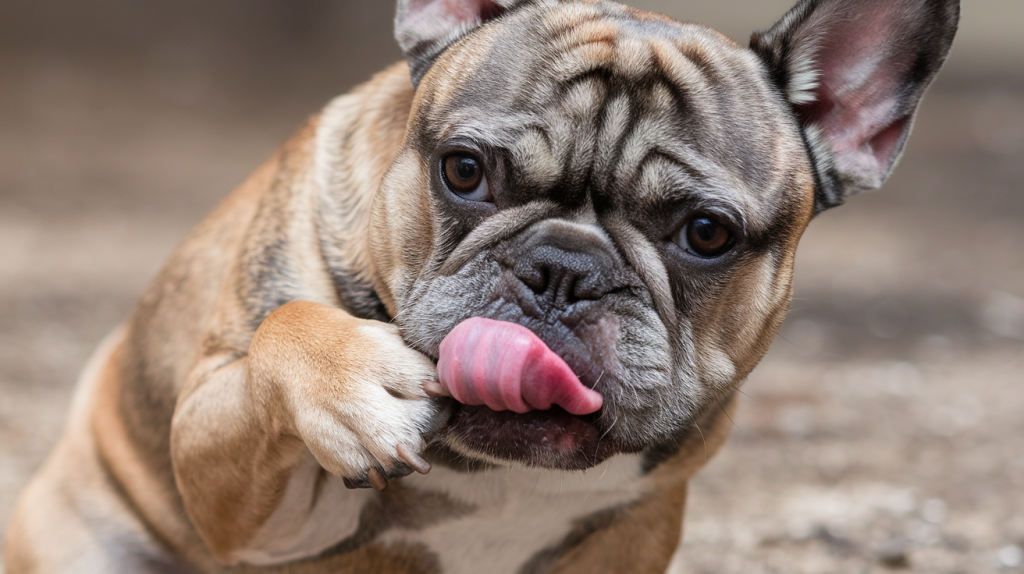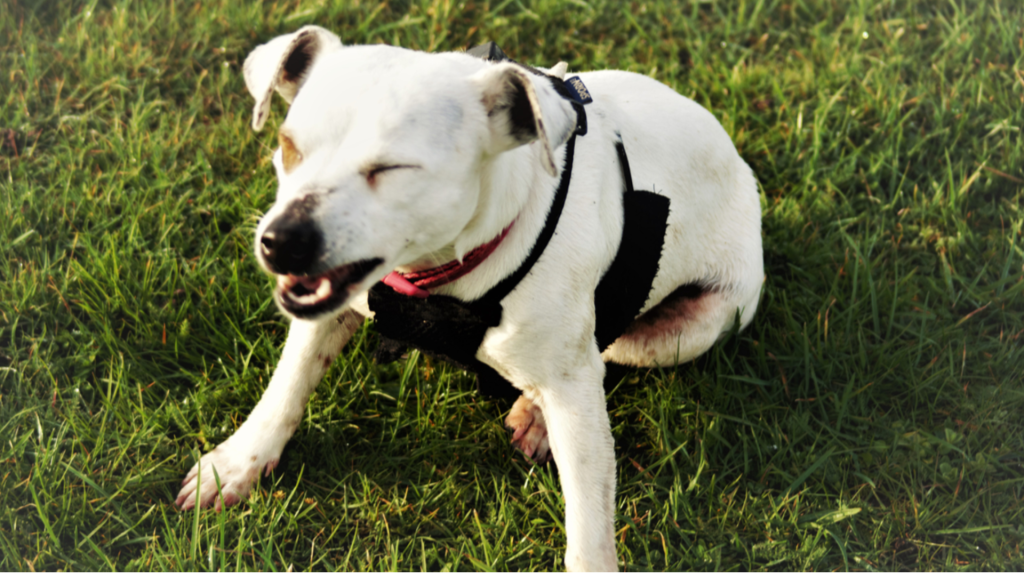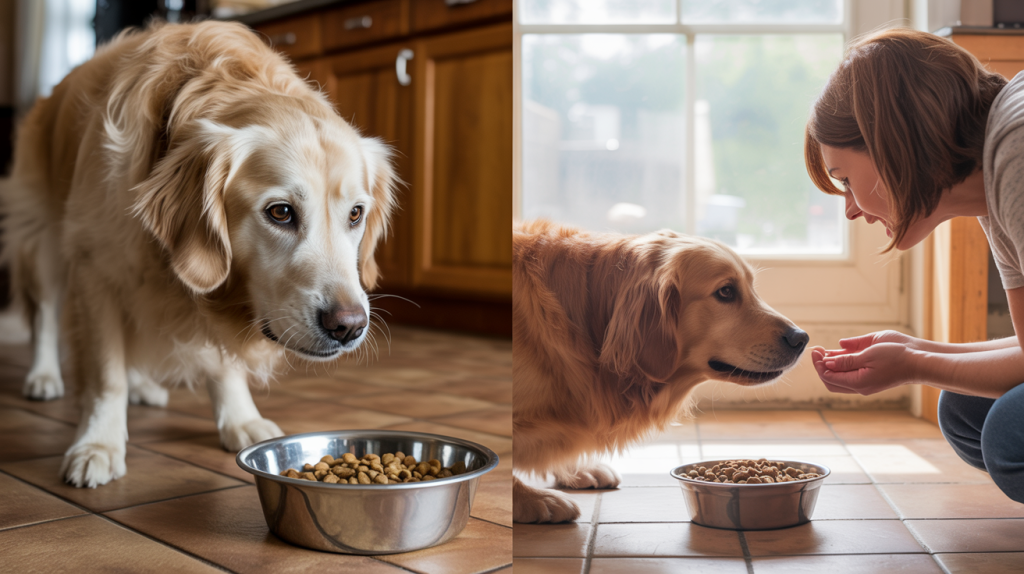Getting your dog neutered is a big step for any pet parent. But it’s also normal to feel concerned about the warning signs and what happens next.
The good news? Most dogs recover just fine when you know what to watch for.
In this guide, you’ll learn the key warning signs after dog neutering that mean trouble, how to check your dog’s incision properly, and when to call your veterinarian right away.
Early in recovery, it’s especially important to understand the signs of infection after neutering dog and how to recognize an infected swollen spay incision. You’ll also get simple tips to help your pup heal faster and more comfortably.
Let’s make sure your pet gets back to their happy, playful self as quickly as possible.
Understanding Normal vs Abnormal Healing After Neutering
Knowing what’s normal after surgery helps you catch problems early. Here’s how to tell if your dog is healing well or needs help.
| Normal Healing Signs | Abnormal/Warning Signs |
|---|---|
| Incision is clean, closed, and only mildly red in the first few days. | Swelling that worsens instead of improving. |
| Slight swelling or minimal bruising is present. | Redness spreading beyond the incision site. |
| Dog shows mild sleepiness or temporary lethargy. | New or worsening symptoms after initial recovery. |
| Healing progresses steadily, with most dogs back to normal in 10–14 days. | Incision reopening, discharge, or foul odor. |
| Visible improvement with the incision nearly healed by two weeks. | Persistent pain, heat, or tenderness around the incision. |
Remember: When in doubt, call your vet. It’s better to ask about something normal than miss a real problem.
Warning Signs and Symptoms to Watch for After Dog Neutering
After your dog’s neutering surgery, it’s important to monitor their recovery closely for any complications or signs of infection after neutering dog. Early detection can help ensure a safe, comfortable healing process.
General Warning Signs
- Acute redness, swelling, or bruising at the incision site
- Persistent or worsening pain in the surgery area
- Bad odor coming from the incision
- Excessive licking, biting, or scratching at the wound
- Incision reopening or visible stitches
Signs of Infection
- Bleeding or pus at the incision site
- Elevated temperature and fever
- Vomiting or diarrhea lasting more than 24 hours
- Loss of appetite and refusal to eat
- Unusual lethargy for more than a couple of days
If you notice any of these warning signs or symptoms, contact your veterinarian promptly. Quick intervention can prevent further complications and help your dog recover safely after neutering
Identifying and Treating an Infected Swollen Spay Incision in Dogs
After your dog gets neutered, you’ll need to tell the difference between normal healing and a real problem at the incision site.
It’s totally normal to see some redness and mild puffiness in the first few days. That’s just your pup’s body doing its job to heal.
However, an infected swollen spay incision dog will show worsening swelling, gross discharge, continuous bleeding, heat around the incision, or signs that your dog is in significant pain.
These signs usually mean an infection has started. Infected cuts can turn into painful pockets of pus or even spread through your dog’s whole body. That’s really dangerous.
If the swelling grows fast, your dog won’t let you near the area, or they seem sick with a fever, get to the vet right now. Your dog needs help immediately to stay safe.
When to Contact Your Veterinarian
When it comes to post-surgery complications, it’s always better to overreact than to risk your dog’s health.
You should call your veterinarian immediately if you notice heavy bleeding or pus from the incision, blue or pale gums combined with lethargy, refusal to eat or drink for more than 24 hours, or if the incision opens.
Severe swelling, high fever, or tremors are also urgent red flags.
Acting quickly allows your vet to treat infections early, often with antibiotics or simple wound care, before they become life-threatening complications
Preventing Infection After Neutering
Good home care is the best defense against infection. To keep recovery smooth:
- Keep the incision site dry and clean, avoid baths until cleared.
- Use an e-collar or cone to prevent licking and chewing.
- Limit running, jumping, or rough play for 10–14 days.
- Monitor behavior daily for changes in energy, appetite, or wound appearance.
- Attend follow-up vet checks to confirm healing is on track.
Simple consistency goes a long way in protecting your dog’s health.
Wrapping it Up
Your dog’s recovery doesn’t have to be scary when you know what to look for. Most pups heal quickly and get back to their normal selves within two weeks.
The key is staying alert for warning signs after dog neutering like unusual swelling, bad-smelling discharge, or changes in how your dog acts.
Trust your gut. If something seems wrong, don’t wait. Call your vet right away. It’s always better to ask questions than worry in silence.
With careful watching and quick action when needed, your dog will be running, playing, and wagging their tail again soon.
You’ve got this!
Frequently Asked Questions
What Are Common Warning Signs After Dog Neutering?
Look for mild swelling, slight redness, temporary lethargy, and gradual healing of the incision within 10–14 days, which usually indicate normal recovery.
How Can I Identify Signs of Infection After Neutering My Dog?
Signs include worsening redness, increasing swelling, foul odor, discharge or pus, persistent pain, fever, loss of appetite, vomiting, or lethargy beyond normal recovery.
When Should I Be Concerned About an Infected Swollen Spay Incision in My Dog?
If swelling worsens rapidly, bleeding or pus is visible, the area feels hot, or your dog is in pain or shows systemic illness, contact a vet immediately.
What Should I Do to Prevent Infection After Neutering?
Keep the incision clean and dry, prevent licking with an e-collar, restrict active play, monitor for behavioral changes, and attend vet follow-up appointments for proper healing.
When Is It Necessary to Contact a Veterinarian After Dog Neutering?
Call your vet if you see heavy bleeding, incision reopening, high fever, pale gums with lethargy, refusal to eat or drink, or severe swelling and tremors in your dog.

